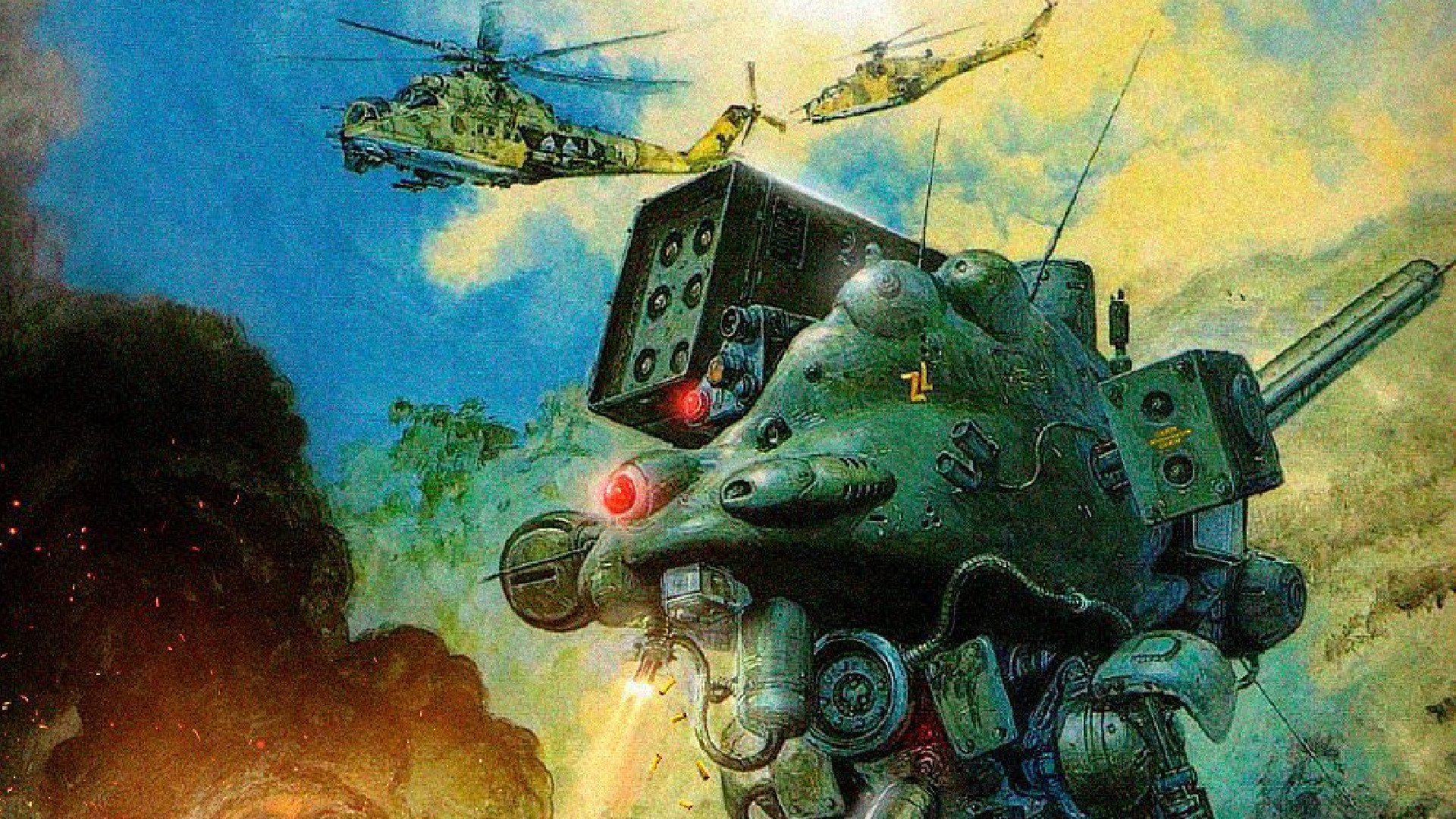Hideo Kojima had to delay Metal Gear 2 to go help fix an "emergency situation" on an RPG spin-off of one of his own games
SD Snatcher had an effect on the development of Metal Gear

The first sequel in the long-running Metal Gear series originally launched in 1990, but Hideo Kojima says it wasn't supposed to be that way - it was delayed because he and his dev team had to go help out on an RPG spin-off of one of his earlier games.
Don't confuse Metal Gear 2 for Metal Gear Solid 2 here - we're talking about the 1990 MSX game that was released only in Japan rather than the 2001 PS2 classic. At this point, Kojima had directed a bonafide hit in the original Metal Gear, but he didn't have the megastar reputation he enjoys today. After Metal Gear, Kojima led development on Snatcher - a narrative-driven adventure game dripping in noirish, cyberpunk vibes.
From there, Kojima went on to lead Metal Gear 2, while a separate team at Konami started a follow-up to Snatcher in the form of SD Snatcher, which retold the original story in an RPG filled with cute, chibi-style characters. Kojima wouldn't get directly involved in the latter until an "emergency situation" with SD Snatcher forced him and his team to help out.
"'MG2' was actually nearly finished in 1989," Kojima says in a tweet, "but there was a bit of an emergency situation with 'SD SNATCHER' that was done by a different team, and we had to help them for a few months. Using what we can, we revised the scenario and the game. It was an all hands on deck situation and all the departments, not just the MGS2 team, helped revise it. So, we had to put 'MG2' on hold and after 'SD' was finished, we restarted. We had to reconsider the release intervals in order to release 'SD' first, and so we released 'MGS2' the following year in 1990."
Most English-speaking Metal Gear fans wouldn't get a chance to play Metal Gear 2 until it was included as a bonus in the Subsistence version of Metal Gear Solid 3 some 15 years later. Nonetheless, Metal Gear 2 set the stage for much of what would follow in the series, including a much deeper narrative than the original game. In fact, much of the game's structure - from the way you make contact with a female spy to the puzzle involving a key that changes shape based on temperature - would be repeated in Metal Gear Solid, when the series made its big transition to 3D and became a global hit.
Sign up to the GamesRadar+ Newsletter
Weekly digests, tales from the communities you love, and more

Dustin Bailey joined the GamesRadar team as a Staff Writer in May 2022, and is currently based in Missouri. He's been covering games (with occasional dalliances in the worlds of anime and pro wrestling) since 2015, first as a freelancer, then as a news writer at PCGamesN for nearly five years. His love for games was sparked somewhere between Metal Gear Solid 2 and Knights of the Old Republic, and these days you can usually find him splitting his entertainment time between retro gaming, the latest big action-adventure title, or a long haul in American Truck Simulator.


